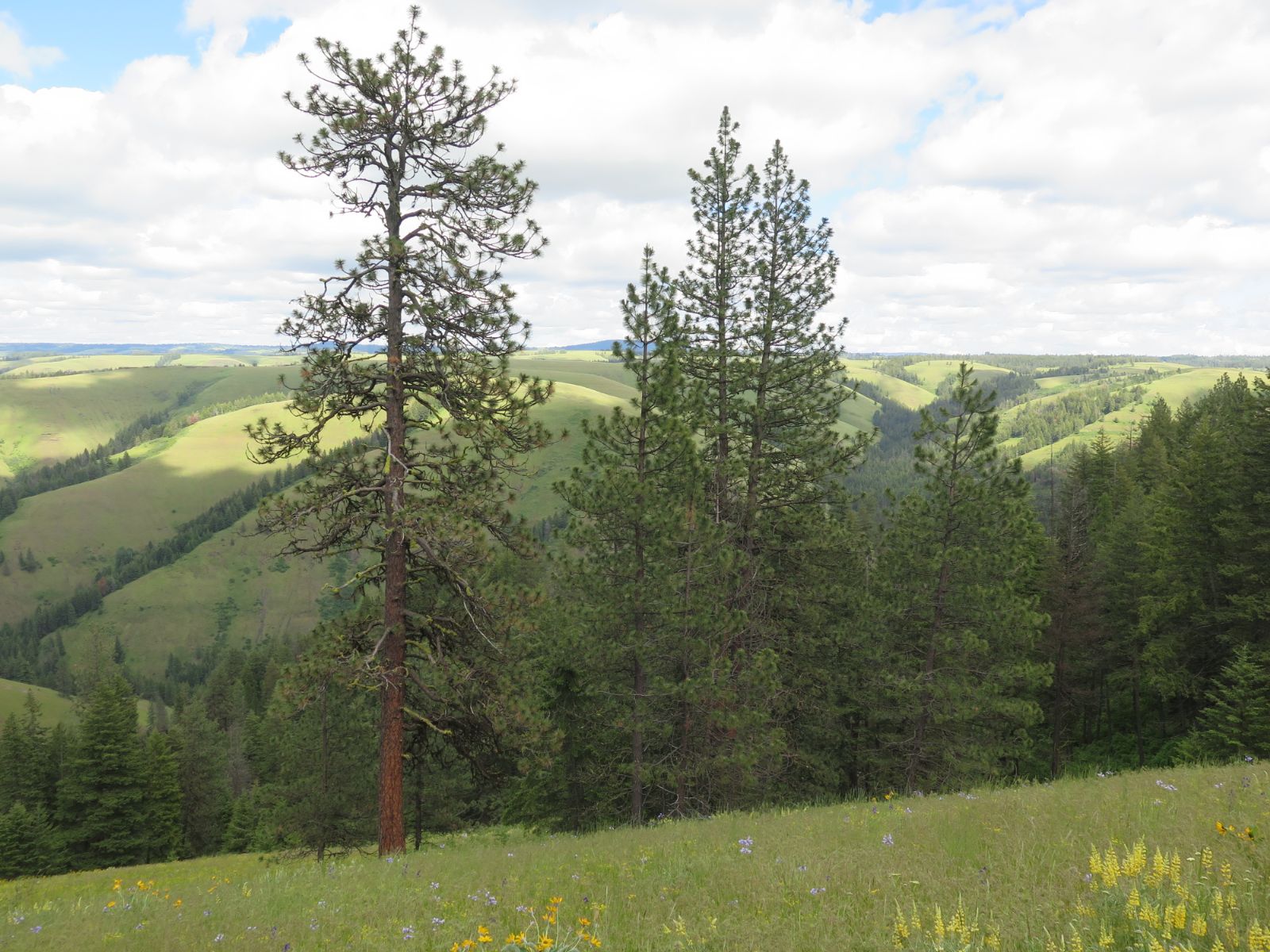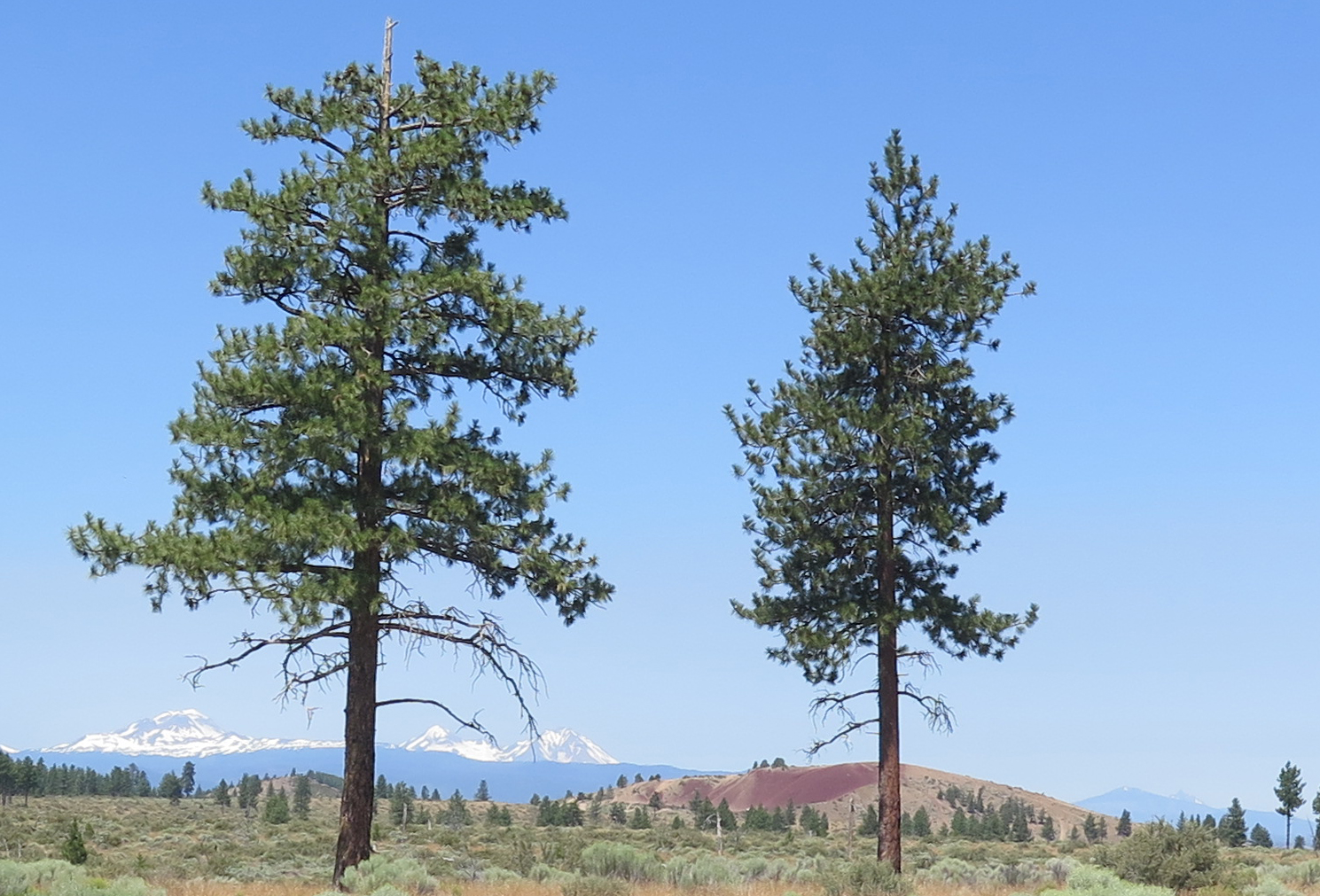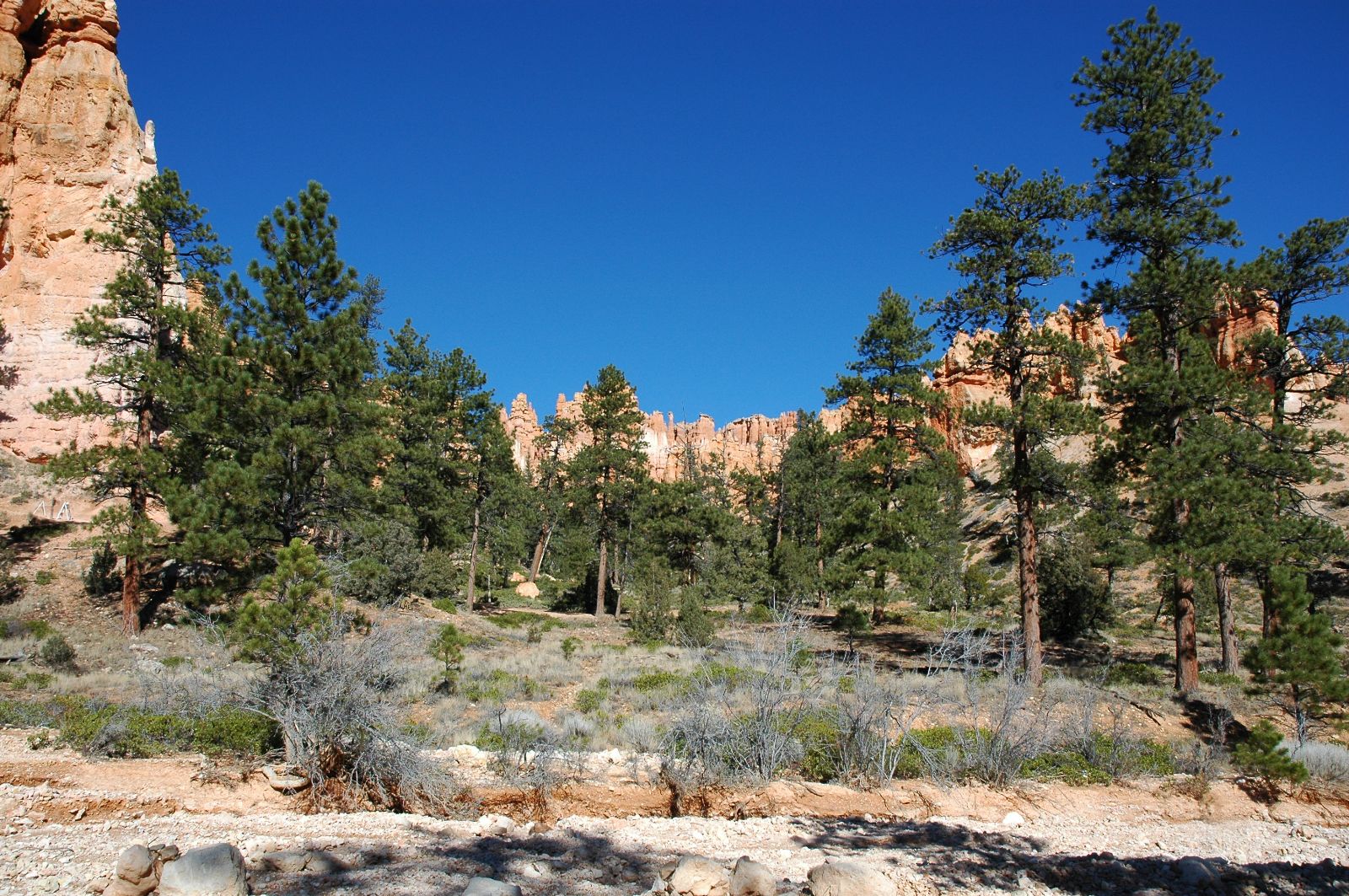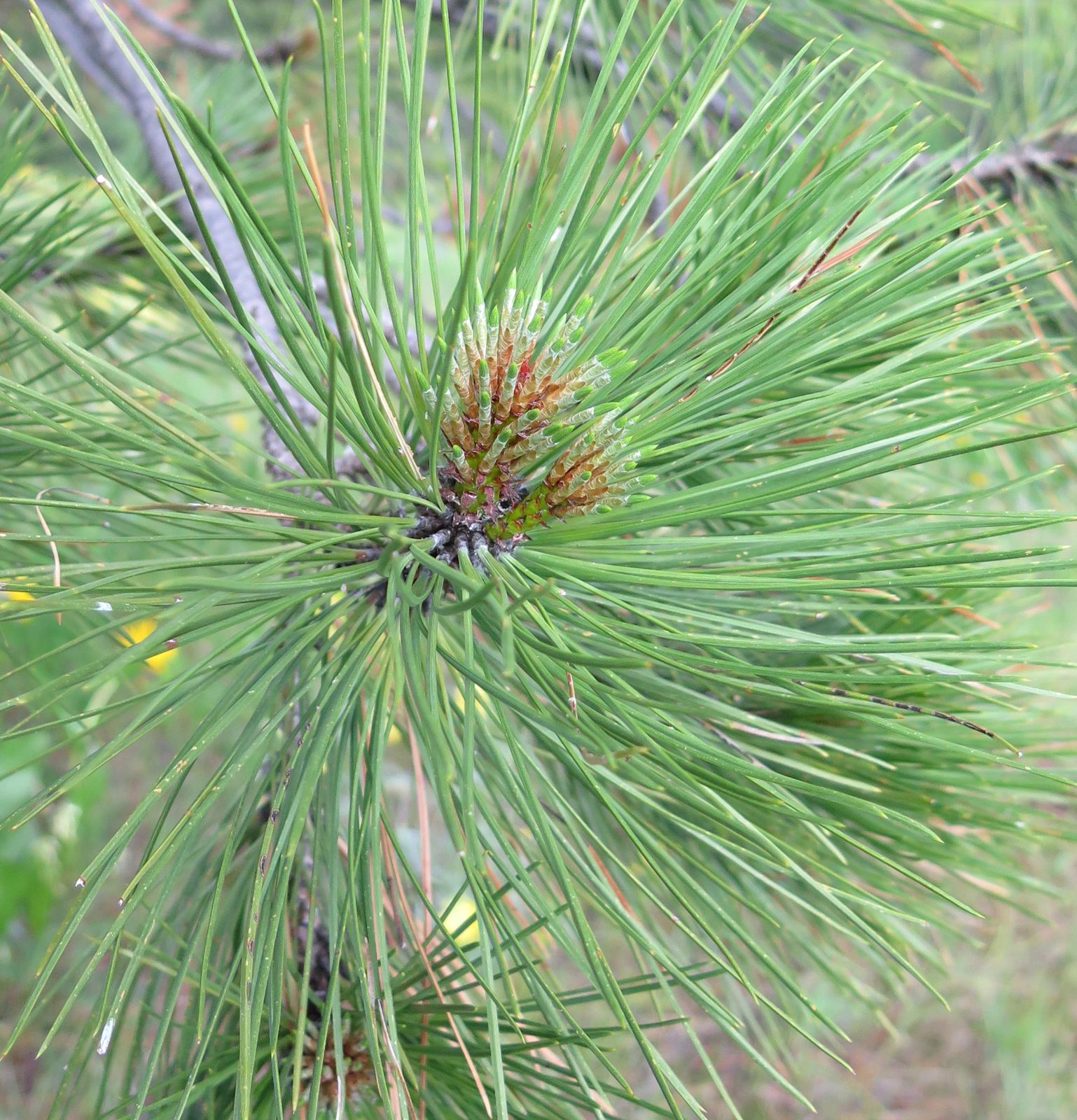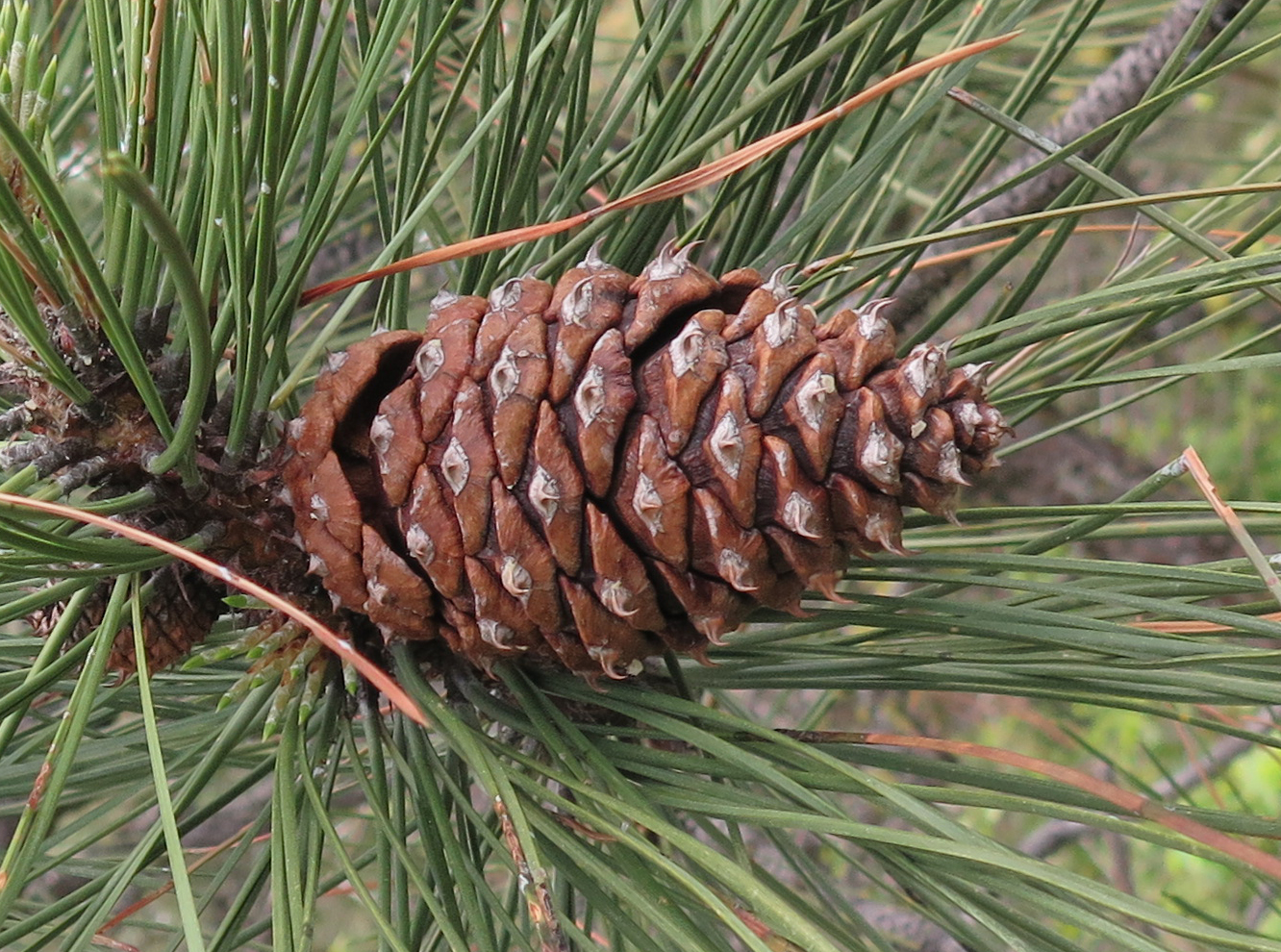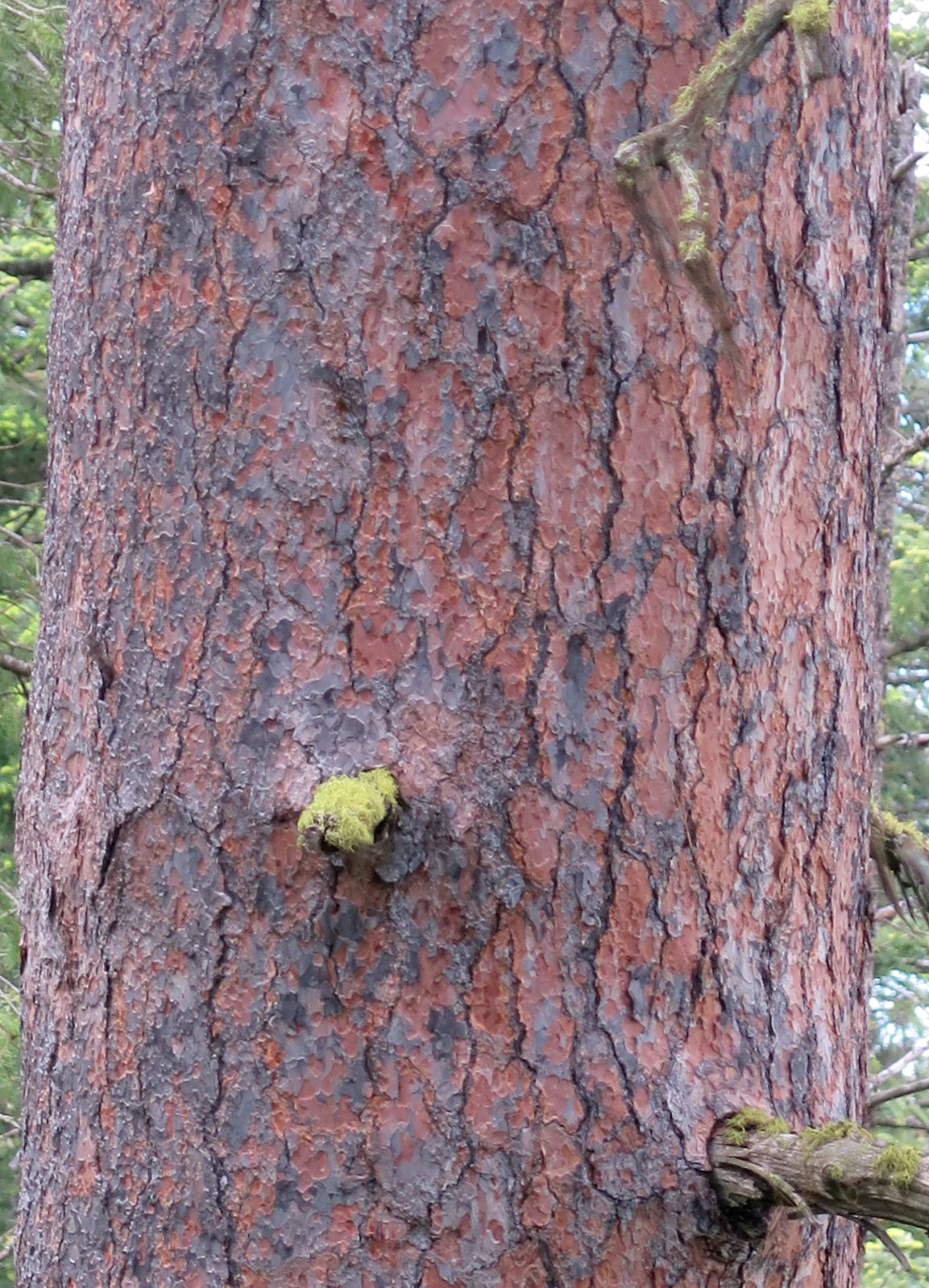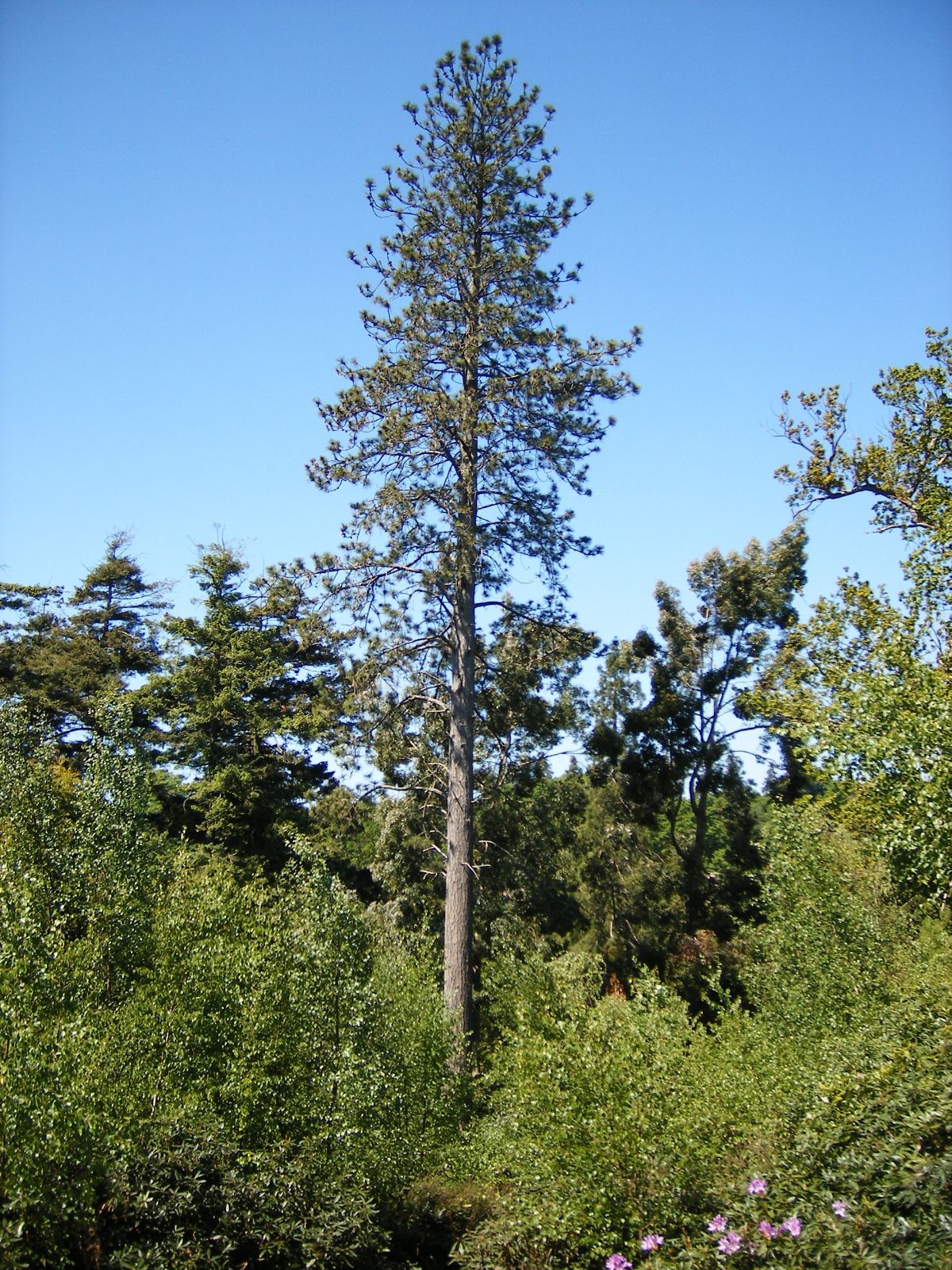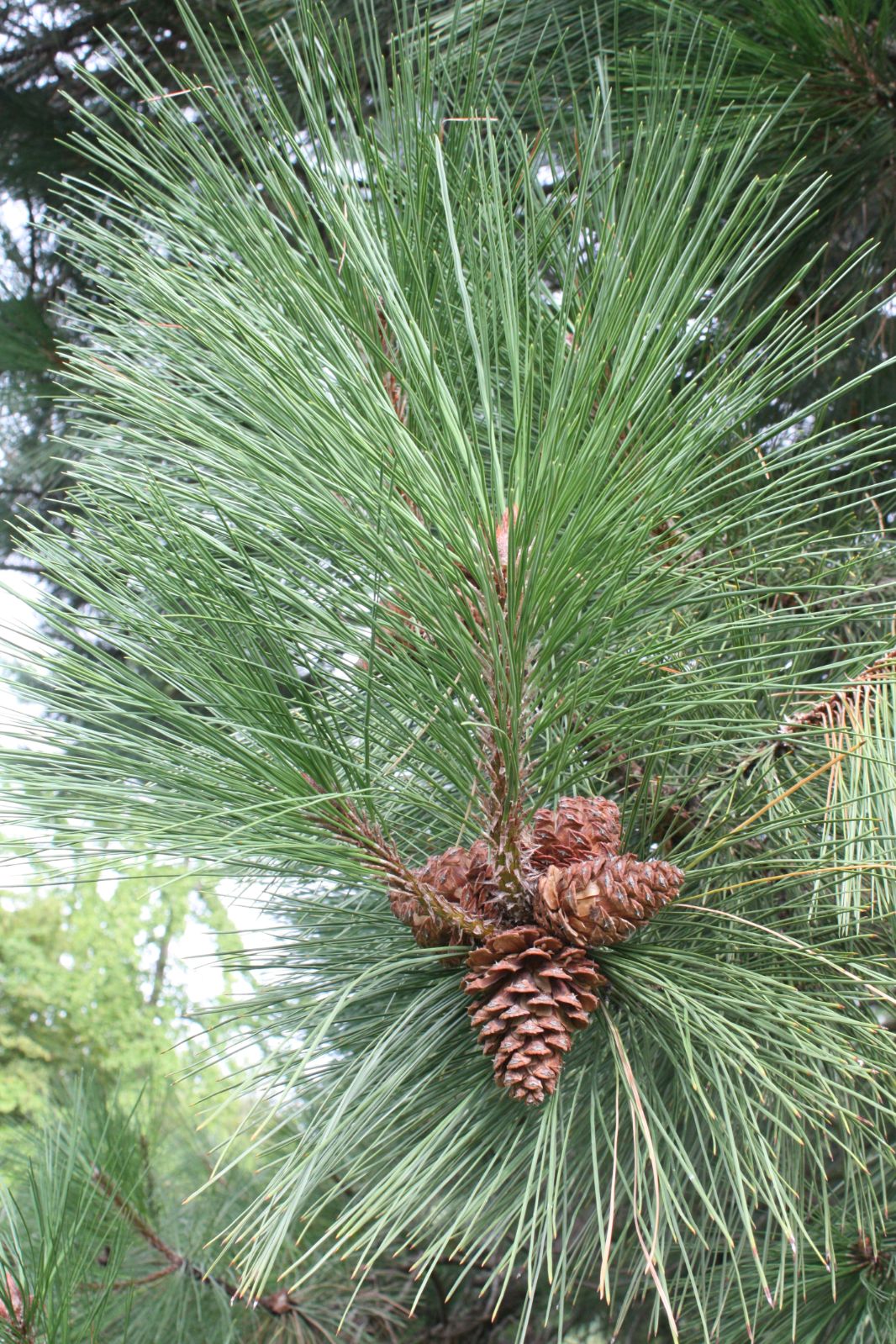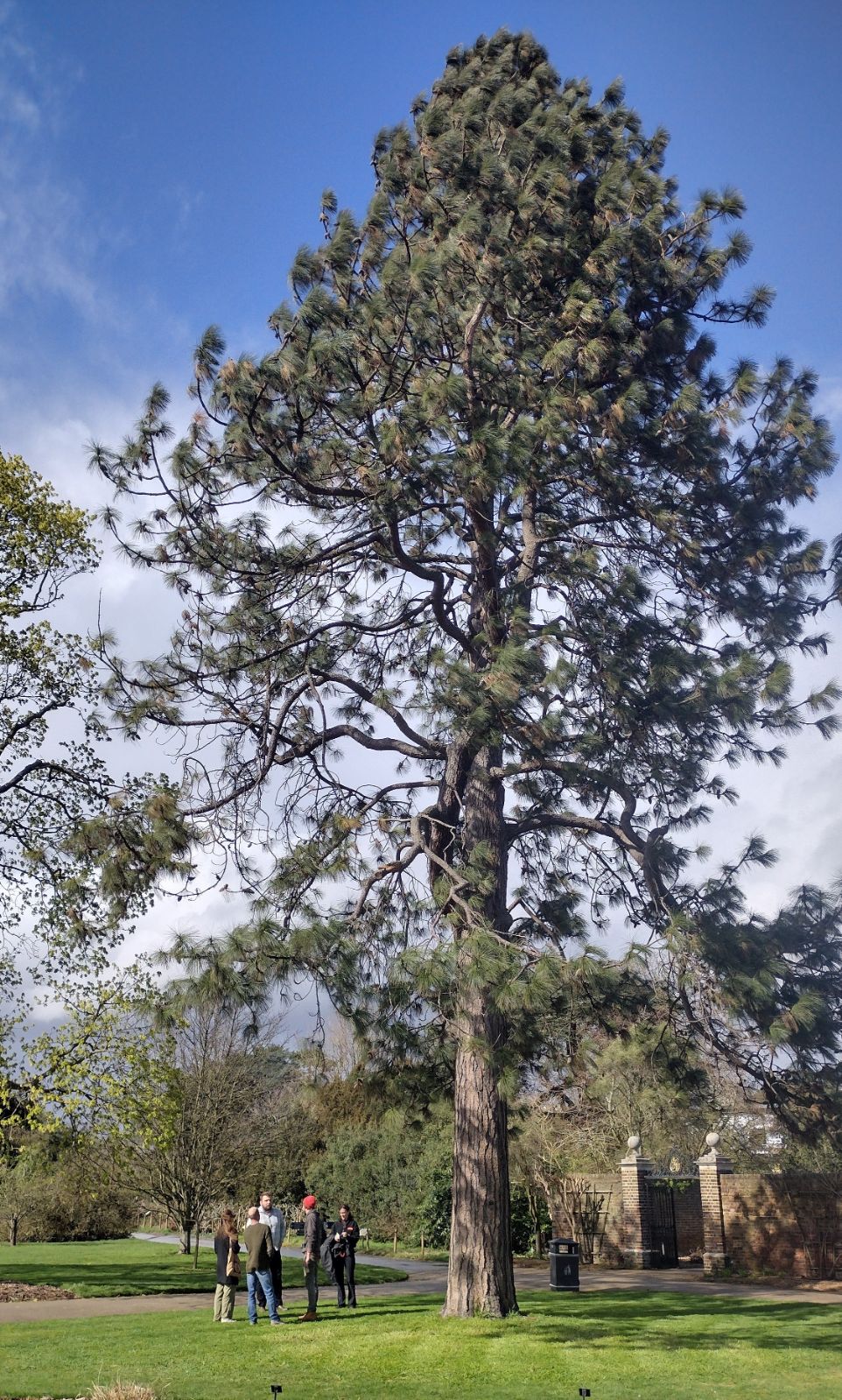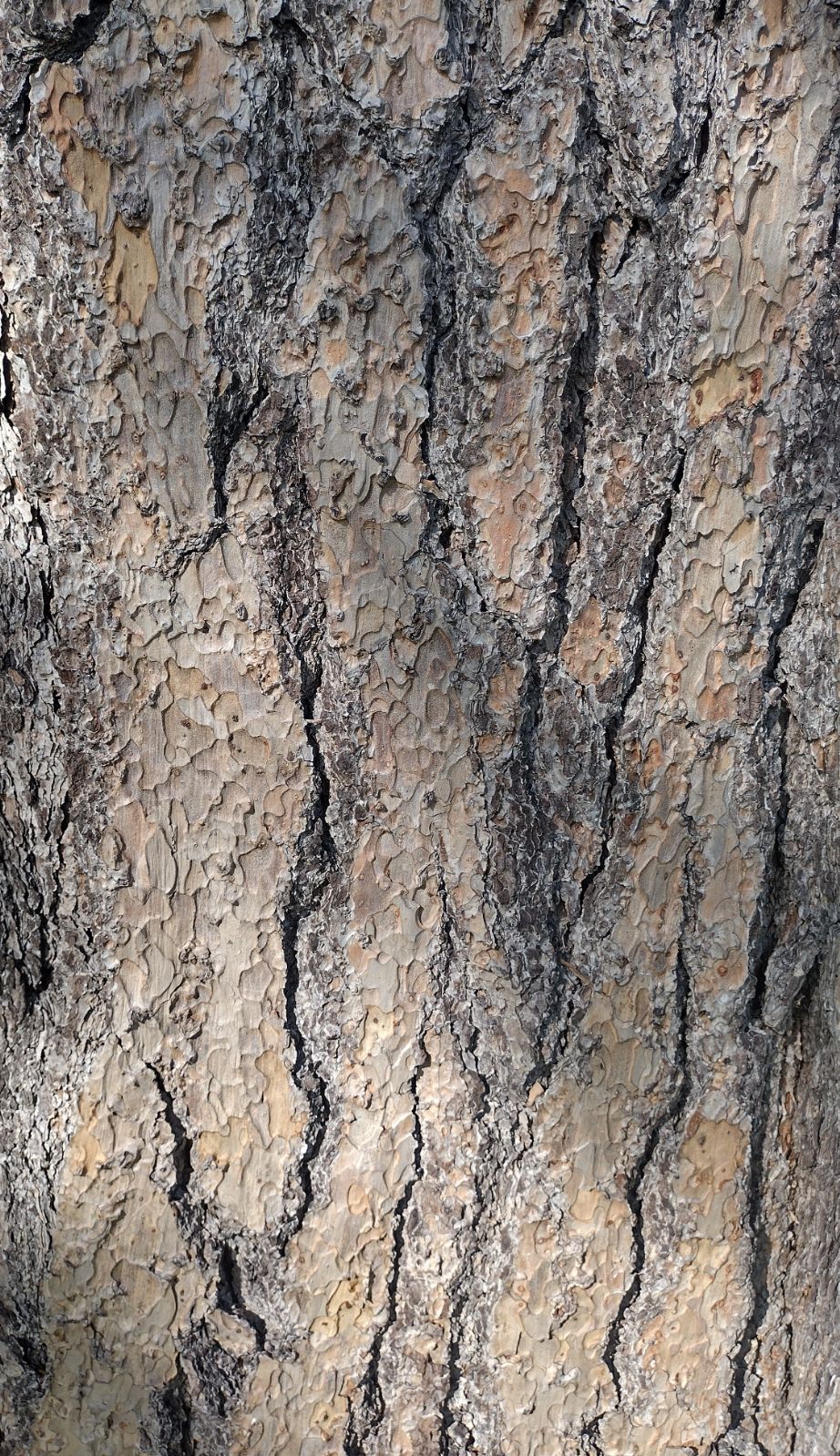Pinus ponderosa
Credits
Article from Bean's Trees and Shrubs Hardy in the British Isles
Recommended citation
'Pinus ponderosa' from the website Trees and Shrubs Online (treesandshrubsonline.
Genus
Common Names
- Western Yellow Pine
- Ponderosa Pine
Other taxa in genus
- Pinus albicaulis
- Pinus arizonica
- Pinus armandii
- Pinus attenuata
- Pinus ayacahuite
- Pinus balfouriana
- Pinus banksiana
- Pinus bhutanica
- Pinus brutia
- Pinus bungeana
- Pinus canariensis
- Pinus cembra
- Pinus cembroides
- Pinus chiapensis
- Pinus contorta
- Pinus coulteri
- Pinus culminicola
- Pinus densata
- Pinus densiflora
- Pinus devoniana
- Pinus durangensis
- Pinus echinata
- Pinus edulis
- Pinus elliottii
- Pinus engelmannii
- Pinus eremitana
- Pinus flexilis
- Pinus gerardiana
- Pinus greggii
- Pinus × hakkodensis
- Pinus halepensis
- Pinus hartwegii
- Pinus heldreichii
- Pinus henryi
- Pinus × holfordiana
- Pinus hwangshanensis
- Pinus jeffreyi
- Pinus johannis
- Pinus koraiensis
- Pinus lambertiana
- Pinus leiophylla
- Pinus longaeva
- Pinus massoniana
- Pinus maximartinezii
- Pinus monophylla
- Pinus montezumae
- Pinus monticola
- Pinus morrisonicola
- Pinus mugo
- Pinus muricata
- Pinus nelsonii
- Pinus nigra
- Pinus oocarpa
- Pinus orizabensis
- Pinus palustris
- Pinus parviflora
- Pinus patula
- Pinus peuce
- Pinus pinaster
- Pinus pinceana
- Pinus pinea
- Pinus pseudostrobus
- Pinus pumila
- Pinus pungens
- Pinus quadrifolia
- Pinus radiata
- Pinus remota
- Pinus resinosa
- Pinus rigida
- Pinus roxburghii
- Pinus sabiniana
- Pinus serotina
- Pinus sibirica
- Pinus strobiformis
- Pinus strobus
- Pinus sylvestris
- Pinus tabuliformis
- Pinus taeda
- Pinus taiwanensis
- Pinus teocote
- Pinus thunbergii
- Pinus torreyana
- Pinus virginiana
- Pinus wallichiana
- Pinus wangii
- Pinus yunnanensis
A tree occasionally over 200 ft in the wild, with a perfectly erect, columnar trunk sometimes 8 ft thick, and comparatively short, often deflexed branches, forming a columnar or slenderly tapered head; bark of mature trees cinnamon or pinkish brown, divided into very large scaly plates; young shoots shining, reddish brown, glabrous, smelling of turpentine when cut. Buds cylindrical with a tapered apex, resinous, 3⁄4 to 1 in. long, 1⁄2 in. thick, with appressed scales. Leaves in threes, falling the third or fourth year, 5 to 10 in. long; margins minutely toothed; leaf-sheath persistent, 5⁄8 to 7⁄8 in. long. Cones elongated oval, 3 to 6 in. long, 11⁄2 to 21⁄2 in. thick before opening; scales with a raised, short-prickly umbo. Seeds about 1⁄4 in. long, with wing 1 in. long.
P. ponderosa has a very wide range in western N. America, from British Columbia to the Mexican border and eastward to the Rocky Mountains and even beyond them; it occurs, for example, in the Black Hills of Dakota. Introduced in 1827 by David Douglas. As a timber tree it is the most important of the N. American pines. Although thinly furnished with branches, it is, nevertheless, one of the most imposing and stately of the genus. It is variable in the length of its leaves and in the size of its cones. Some Rocky Mountain trees have the cones usually not more than 3 in. long and the leaves in pairs as well as in threes; these are sometimes distinguished as var. scopulorum Engelm.
Some trees from the original introduction by Douglas still survive. They are: Dropmore, Bucks, pl. 1829, 98 × 93⁄4 ft (1970); Arley Castle, Worcs., pl. 1829, 114 × 71⁄2 ft (1961); Bowood, Wilts, 120 × 131⁄2 ft (1968); also, probably, Powis Castle, Montgom., 128 × 14 ft (1970). Some other notable specimens are: Highnam Court, Glos., pl. 1844, 85 × 13 ft (1970); Bicton, Devon, 104 × 111⁄2 ft (1968); Scotney Castle, Kent, 120 × 103⁄4 ft (1971); Silia, Radnor, a superb tree, 121 × 101⁄4 ft (1970).
The var. scopulorum (see above) is represented at Kew by a tree planted in 1889, measuring 49 × 3 ft (1970).
From the Supplement (Vol. V)
specimens: Dunorland Park, Kent, 92 × 11 ft (1984); Scotney Castle, Kent, this tree no longer exists; Bowood, Wilts., from original introduction, 135 × 141⁄2 ft (1984); Highnam Court, Glos., pl. 1844, 92 × 131⁄4 ft (1983); Bicton, Devon, 98 × 12 ft (1984); Silia, Presteigne, Powys, 118 × 11 ft (1984); Powis Castle, Powys, 111 × 15 ft (1984); Dawyck, Peebl., pl. 1838, 115 × 11 ft (1982); Rossie Priory, Perths., 128 × 10 ft (1985).
The example of var. scopulorum at Kew, pl. 1889, measures 56 × 31⁄2 ft (1981) and there is another of 70 × 41⁄2 ft at Wakehurst Place, Sussex (1984).

